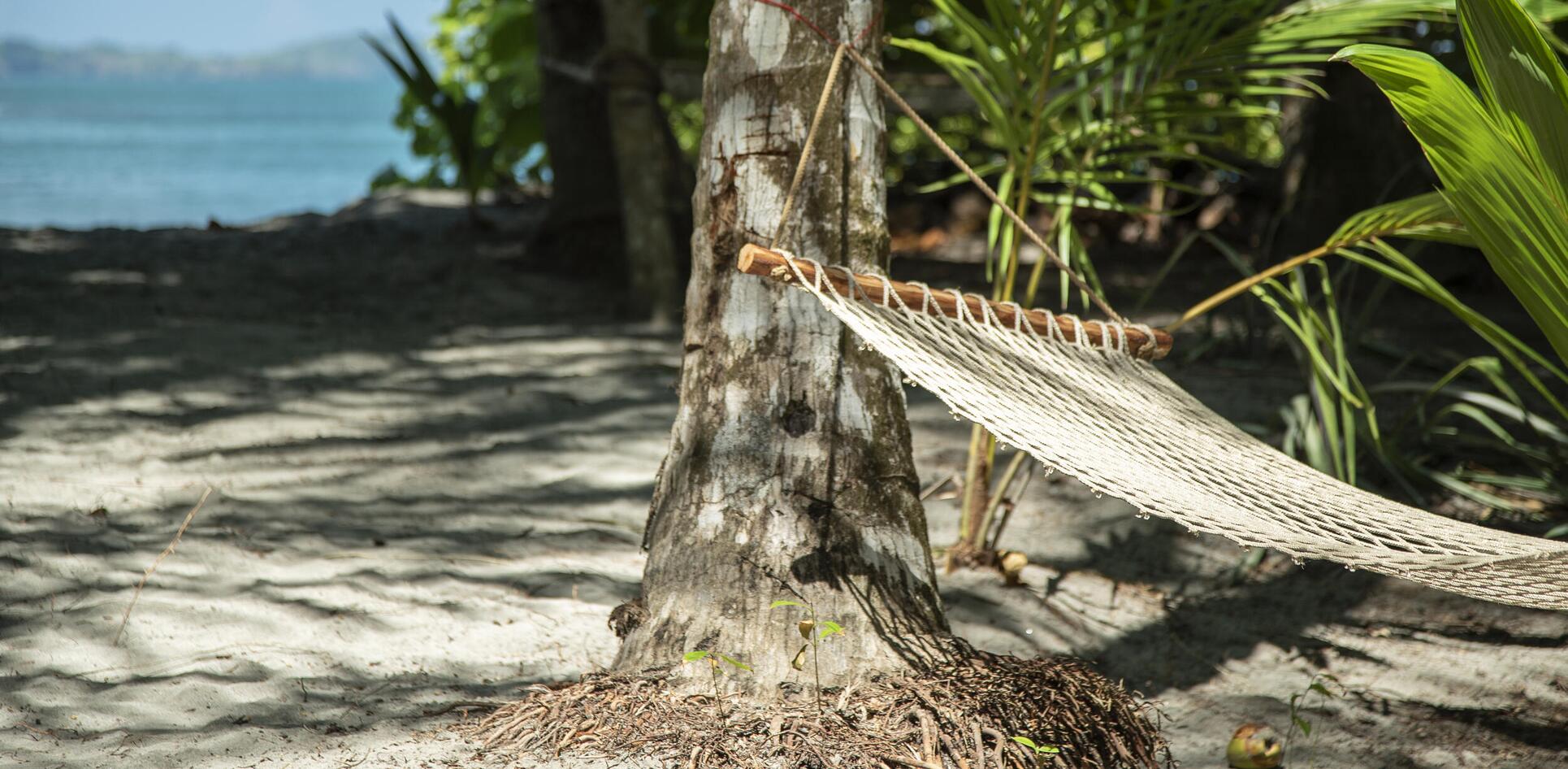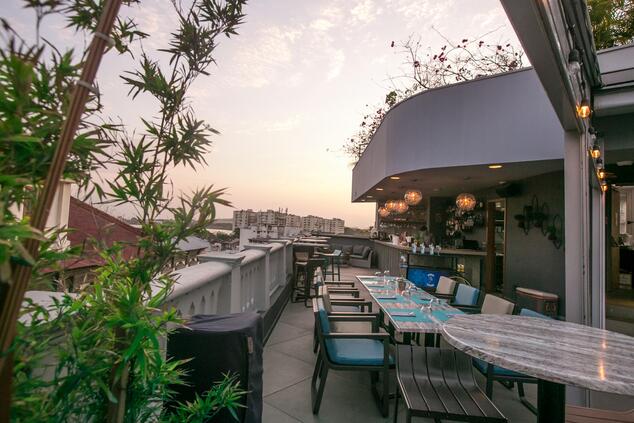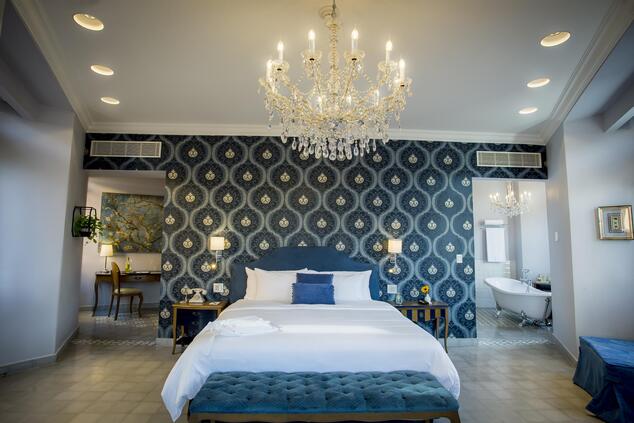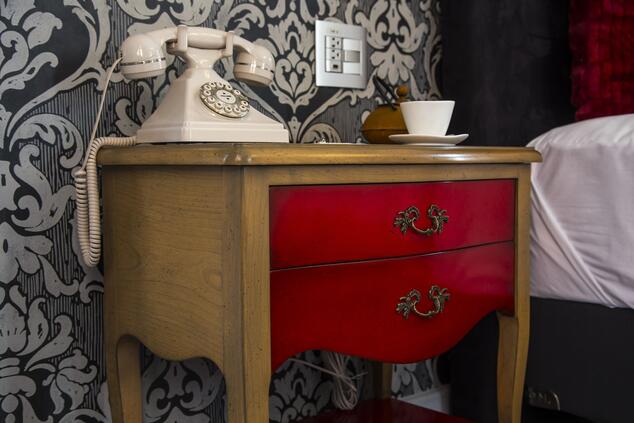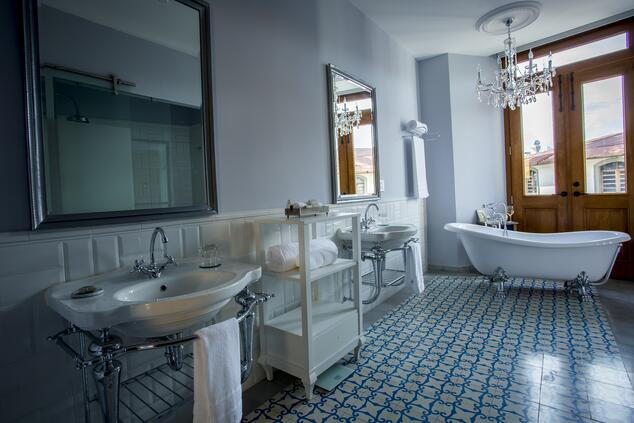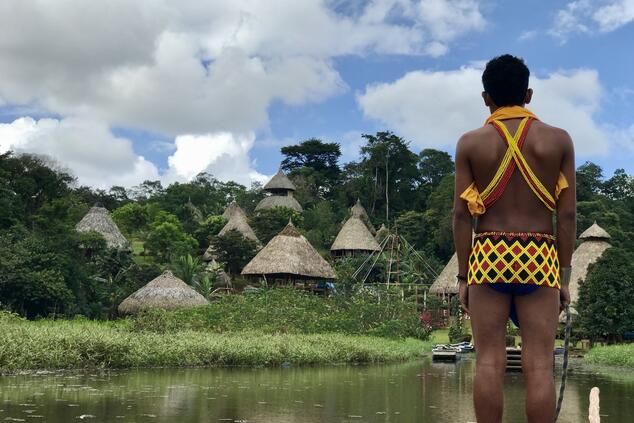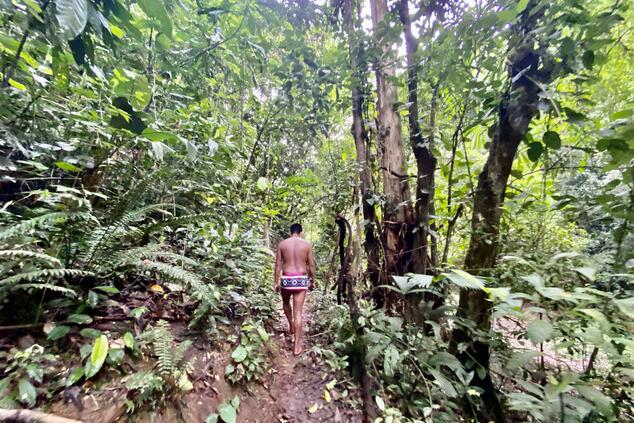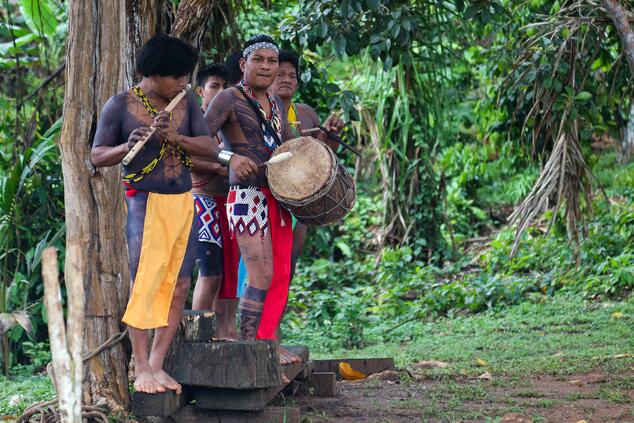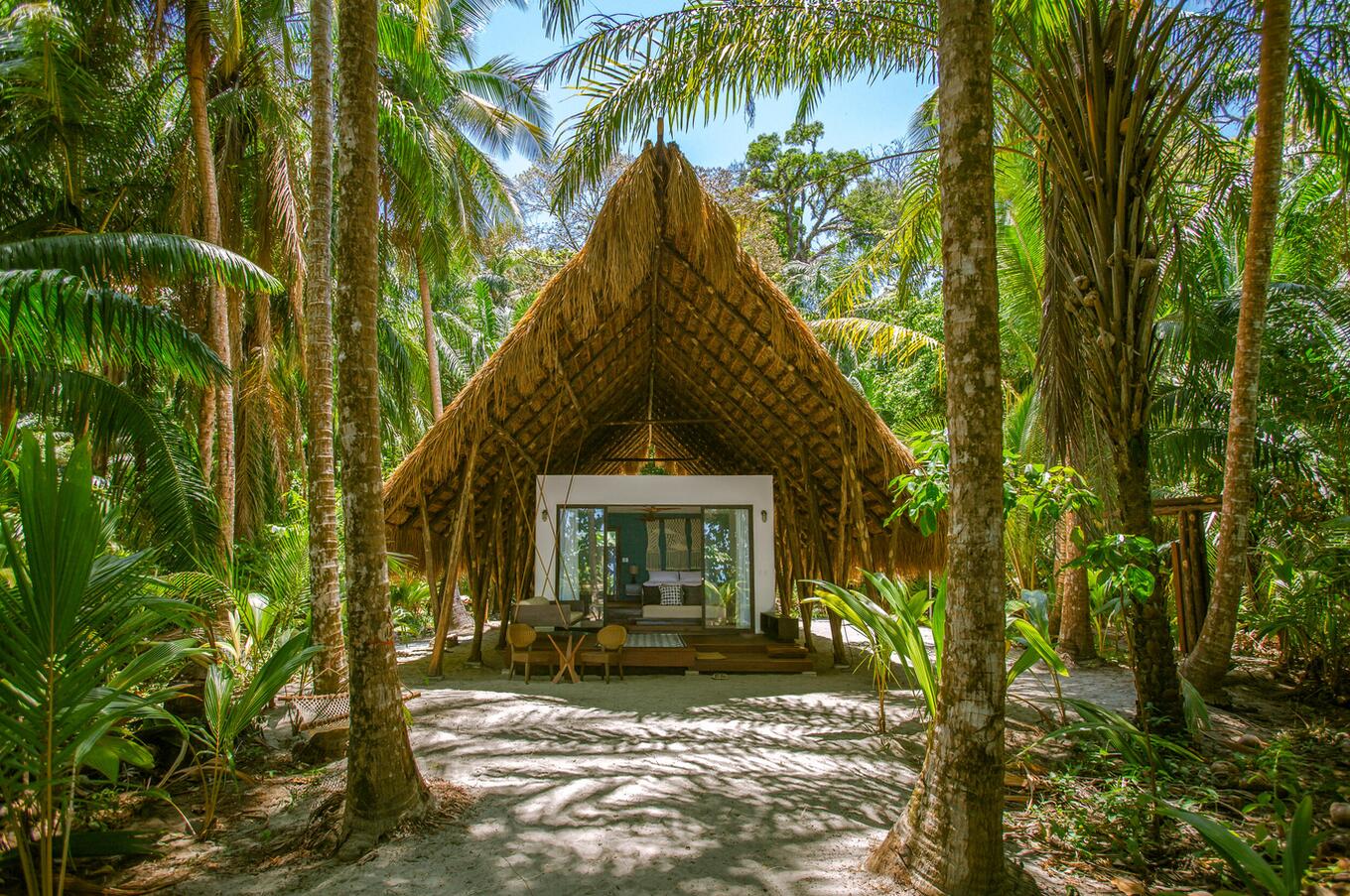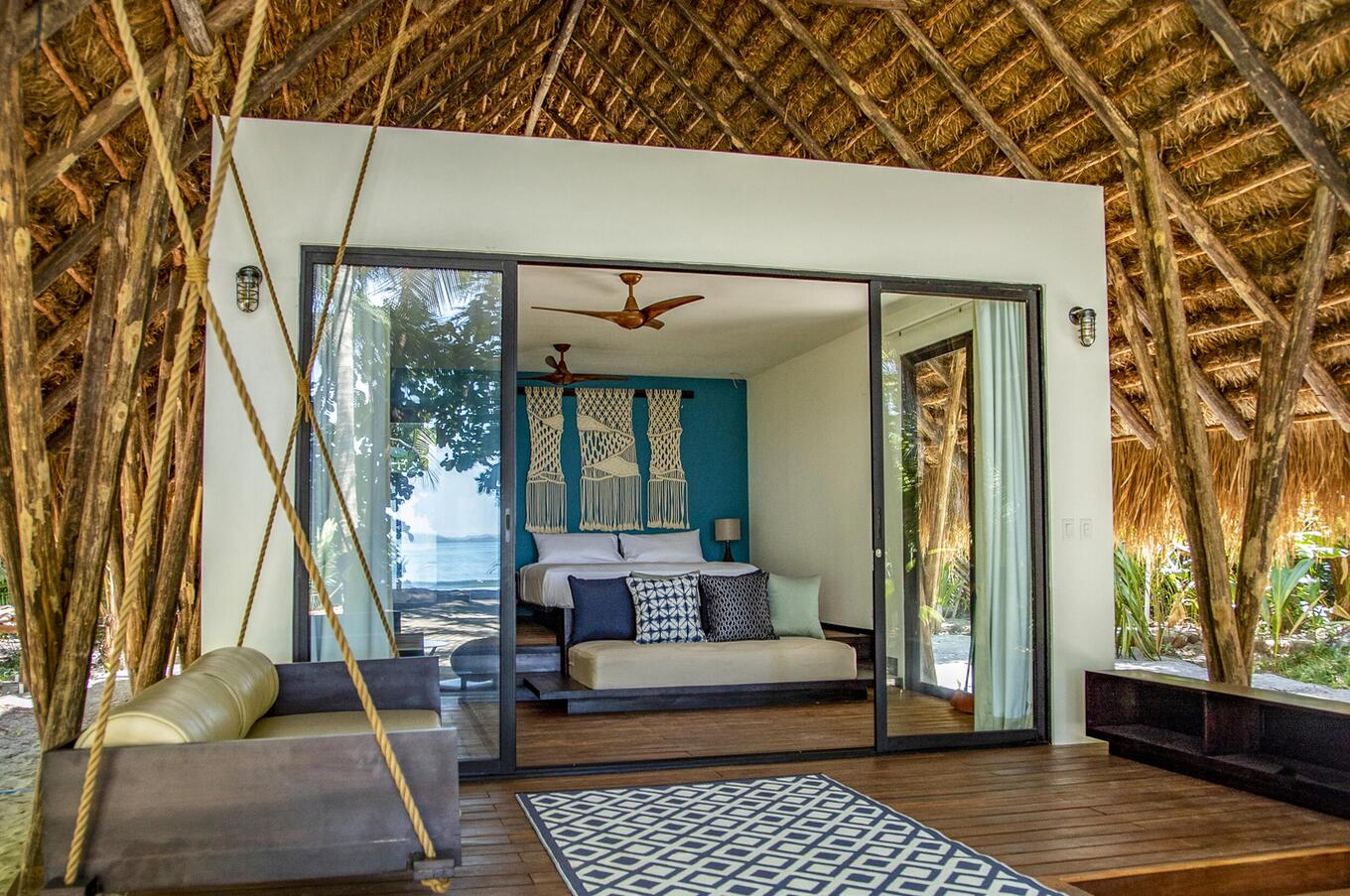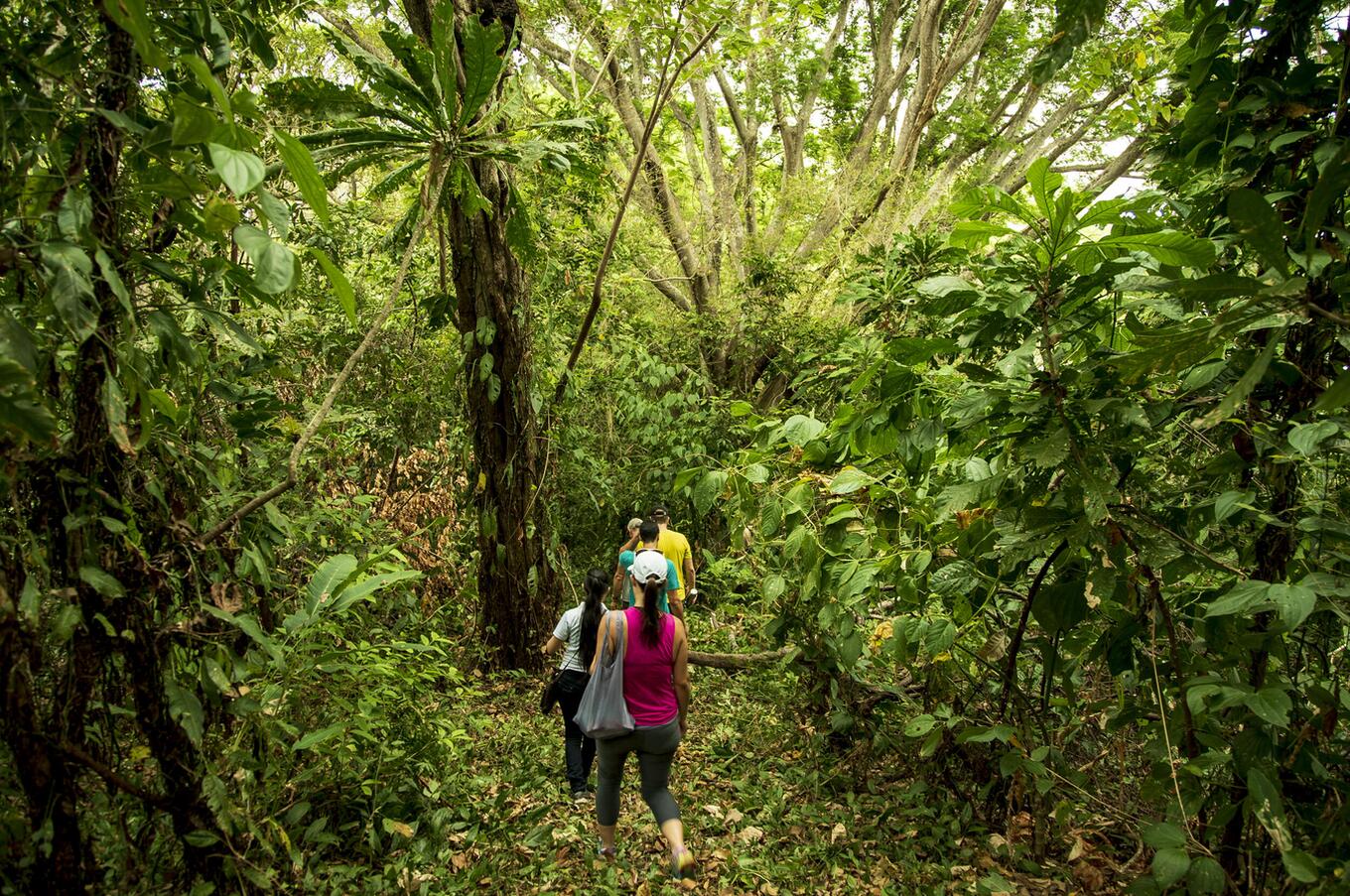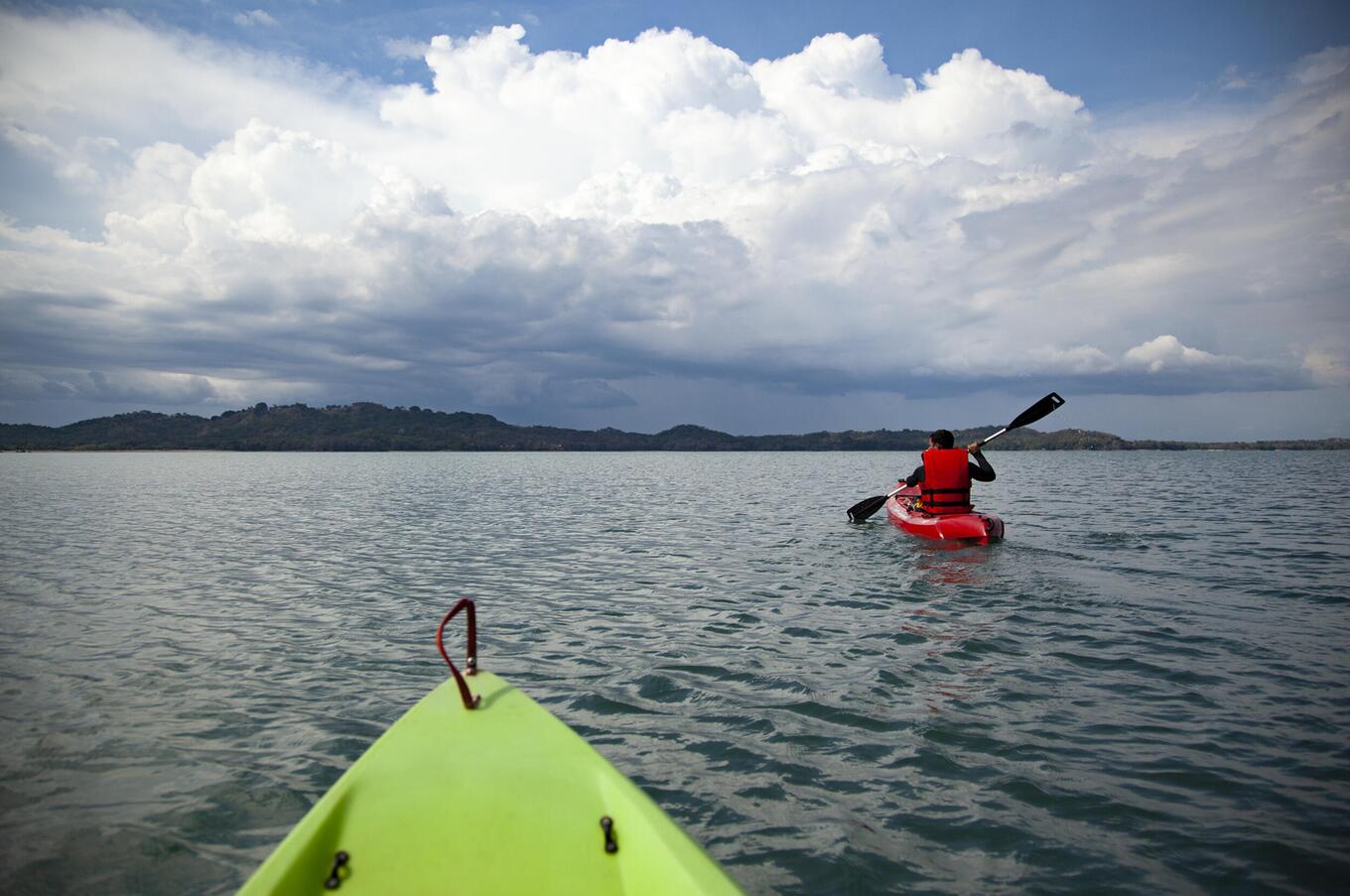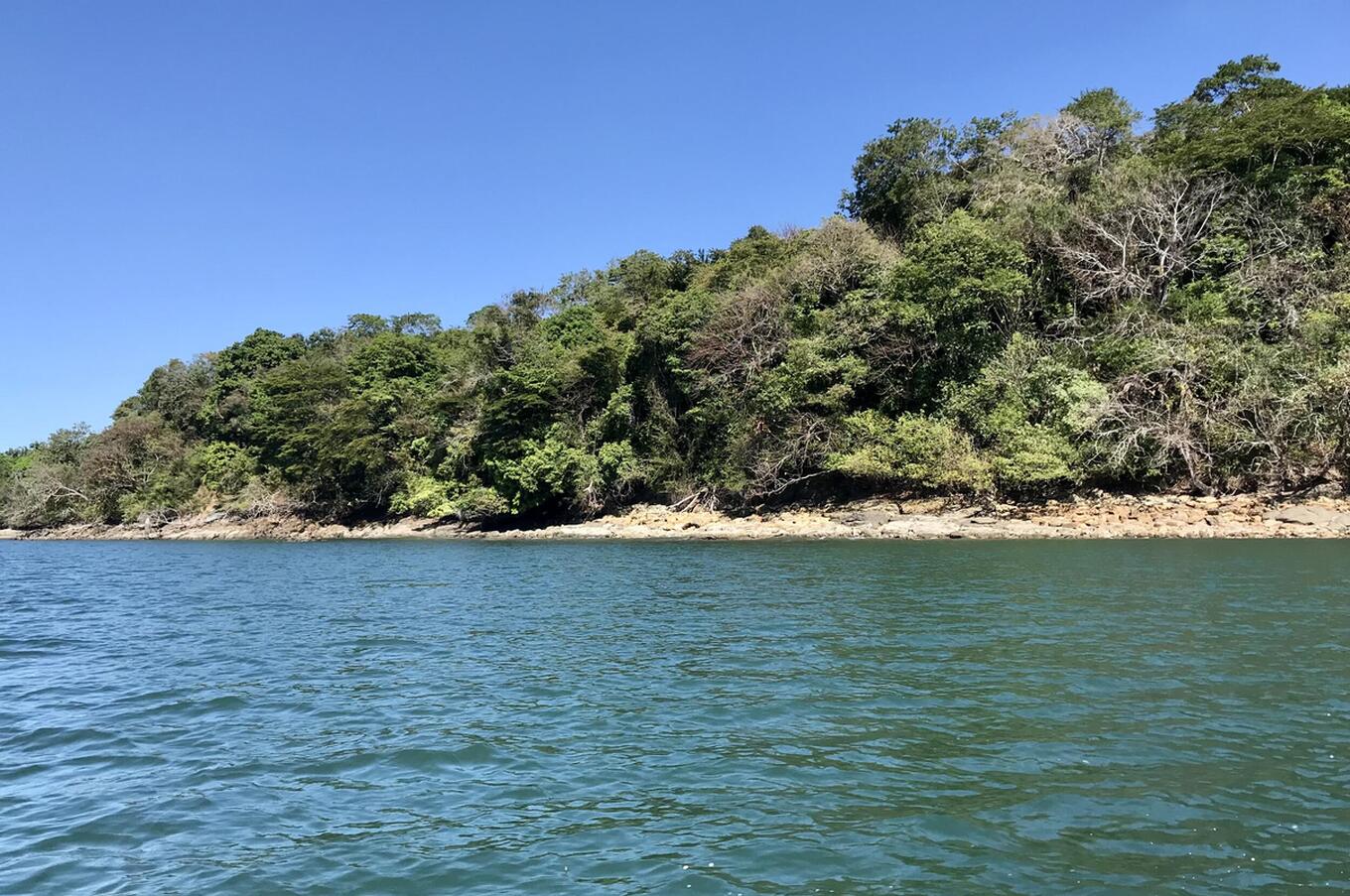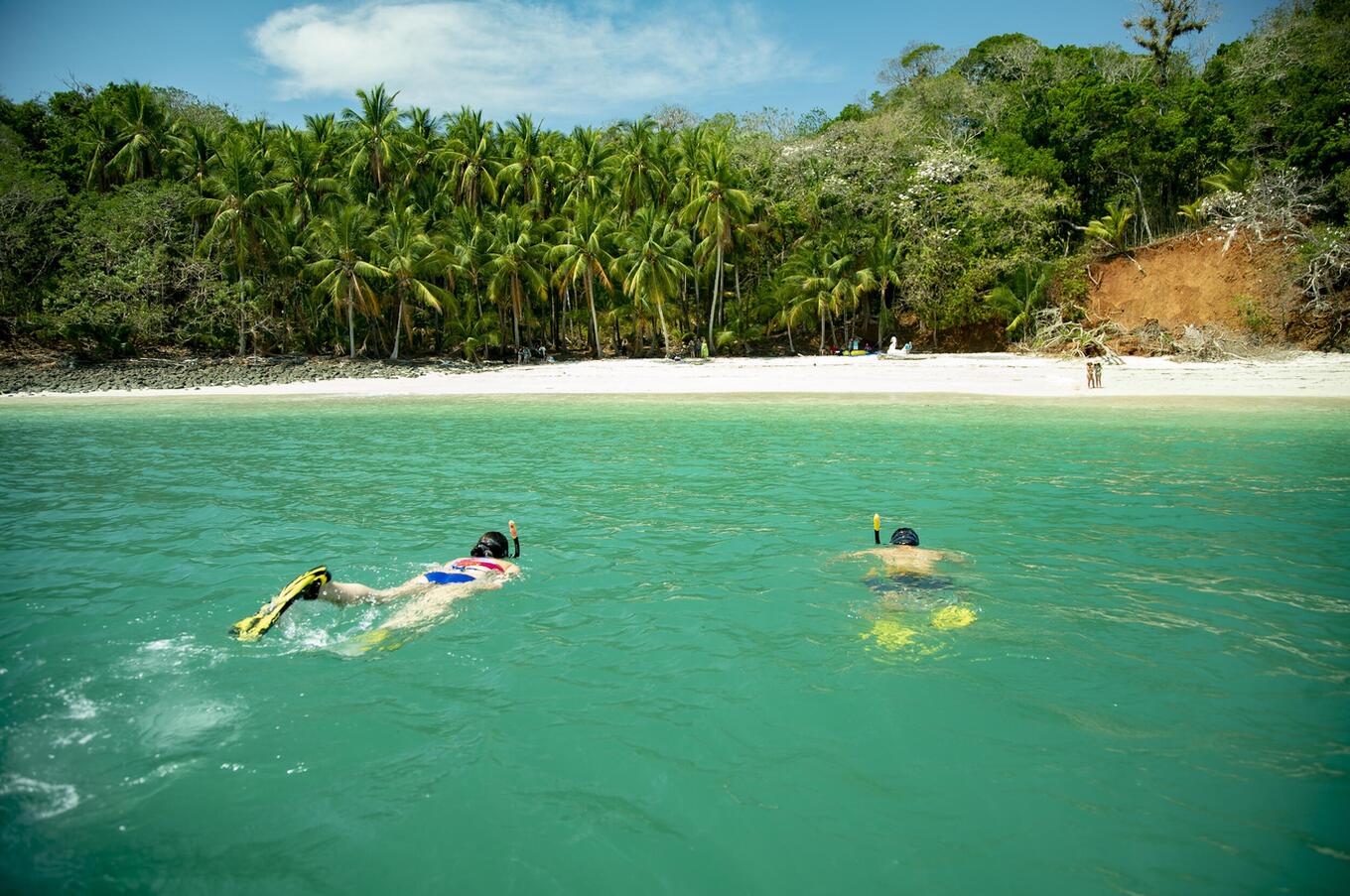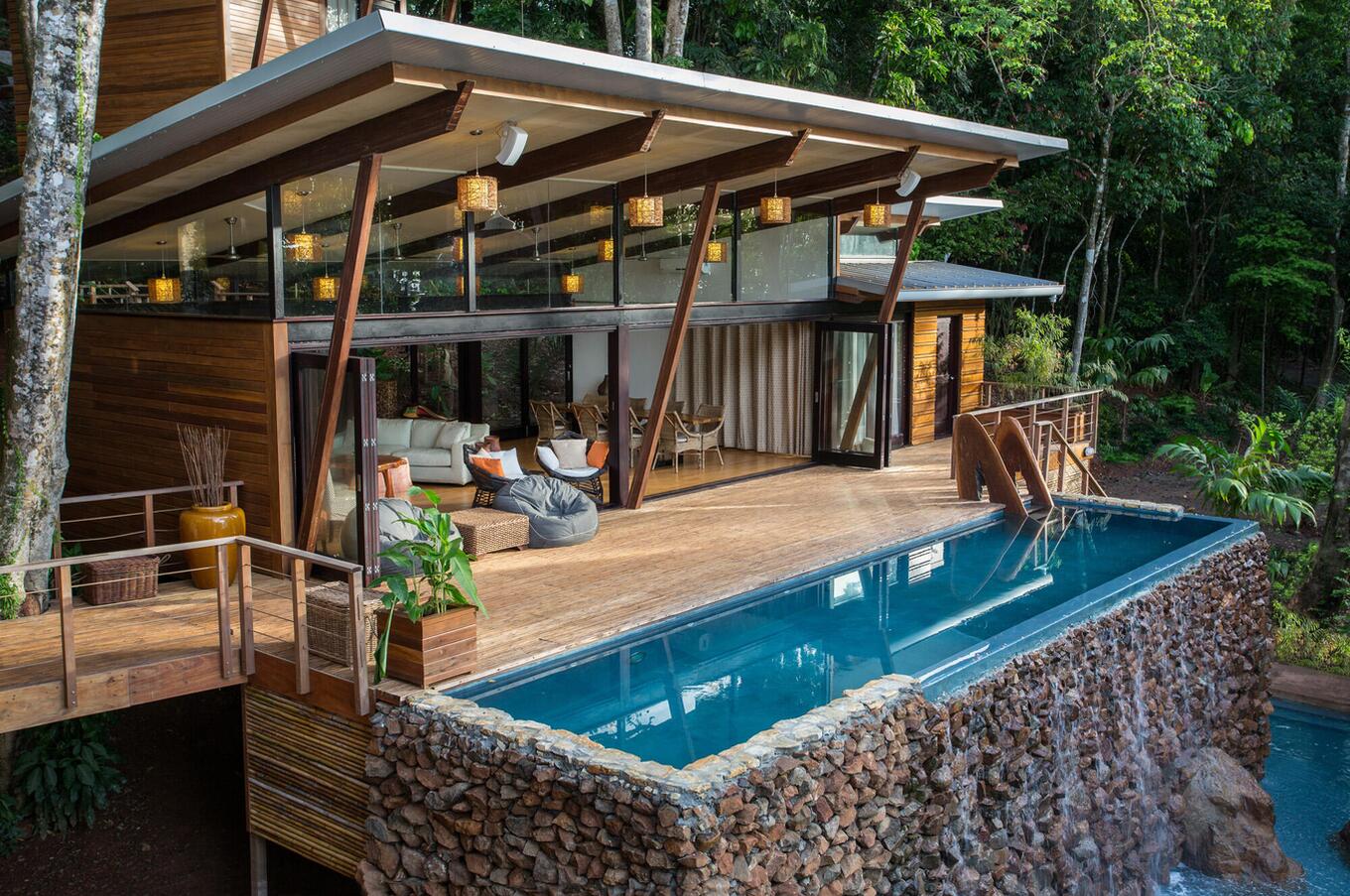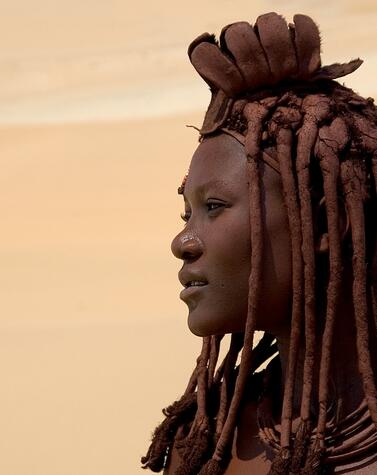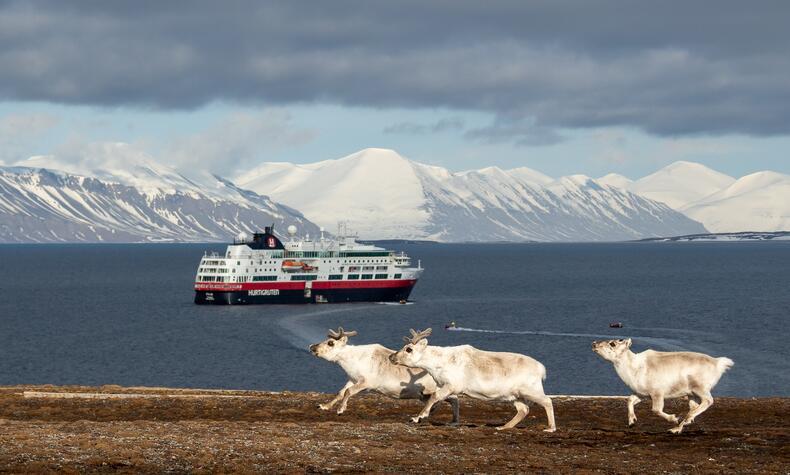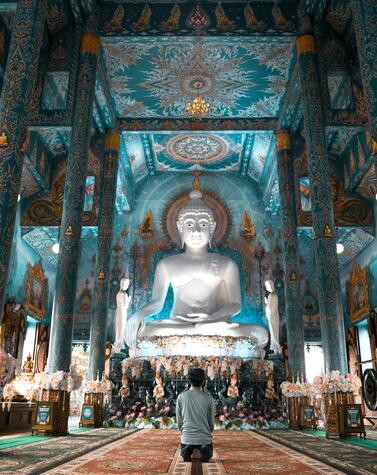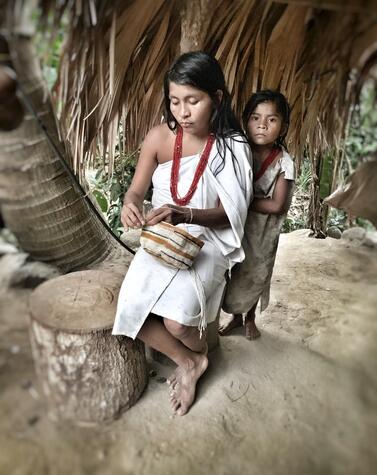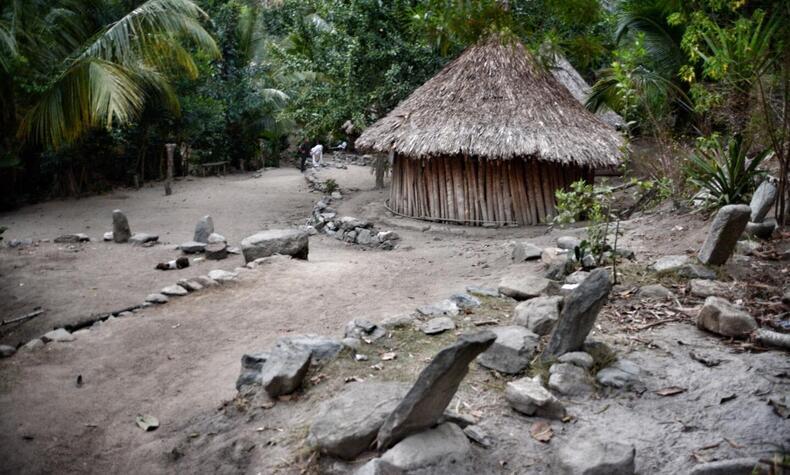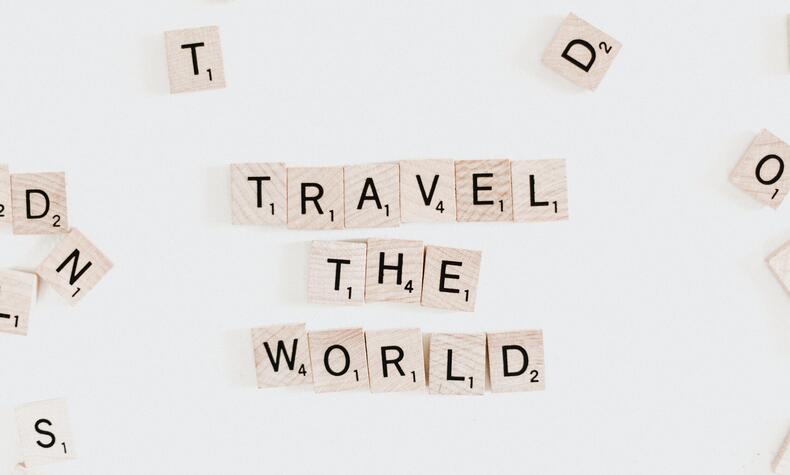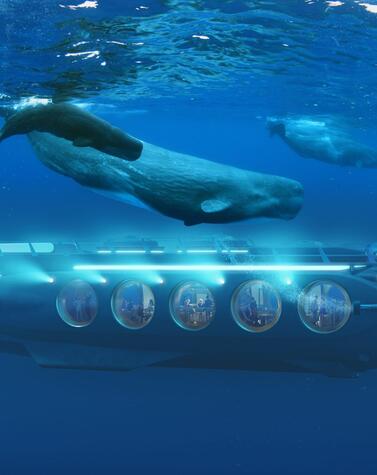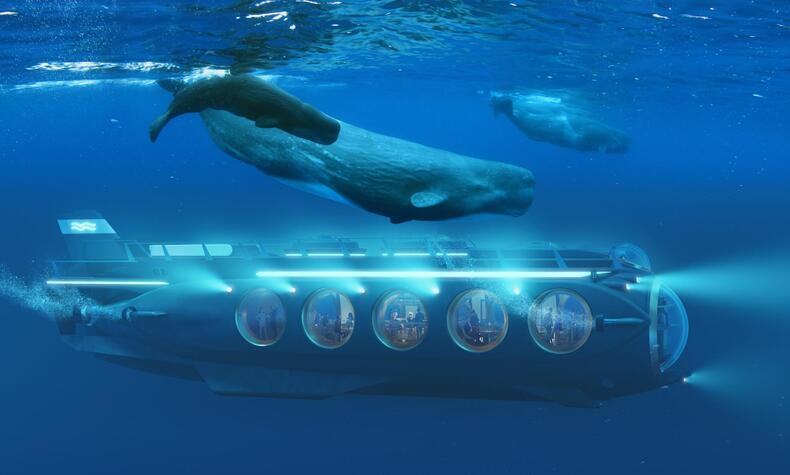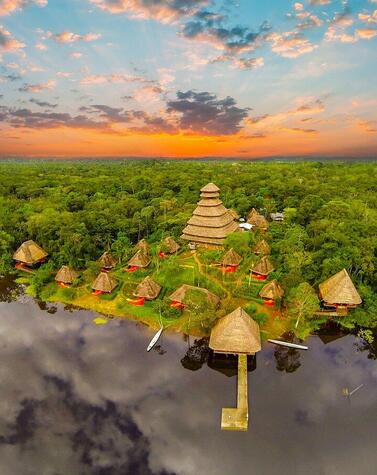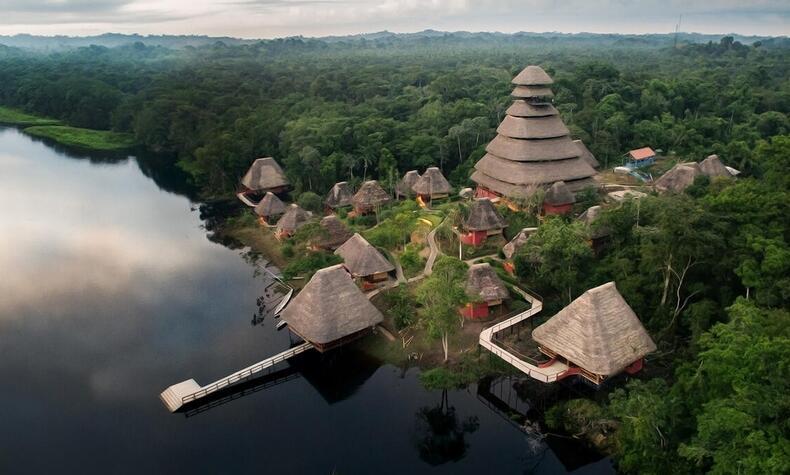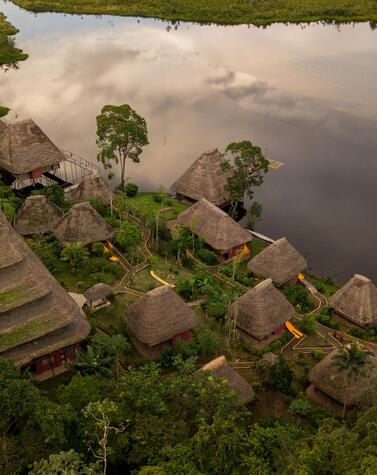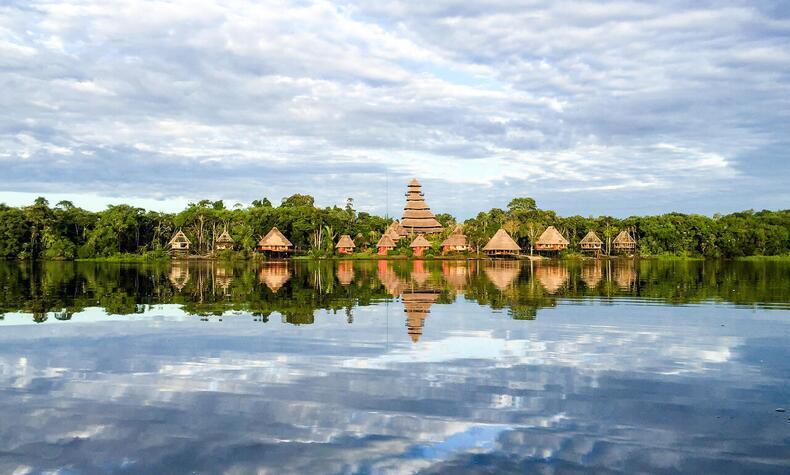Trip to Panama, Sea of Pirates
Portobelo, what today looks like a quiet and beautiful bay, was in the past an authentic pirate port in Panama.
The last centuries of Panama's history have always been related to different incursions and invasions by British pirates, attracted by the gold and riches that were traded in its strategic ports on the silver and gold route from America to Spain.
Portobelo, what today looks like a quiet and beautiful bay, was in the past an authentic pirate port in Panama. Columbus reached these shores in 1502 and baptized the town as "Puerto Bello", giving rise to its current name.
After Columbus' discovery, Portobelo became one of the most important commercial enclaves in America, thanks to the gold from Peru that reached the Pacific coast and was transported through the Camino de Cruces to the Atlantic coast, from where it departed in galleys bound for Spain. That gold, as was to be expected, ended up attracting the attention of the great navigators, pirates, and corsairs of the time.
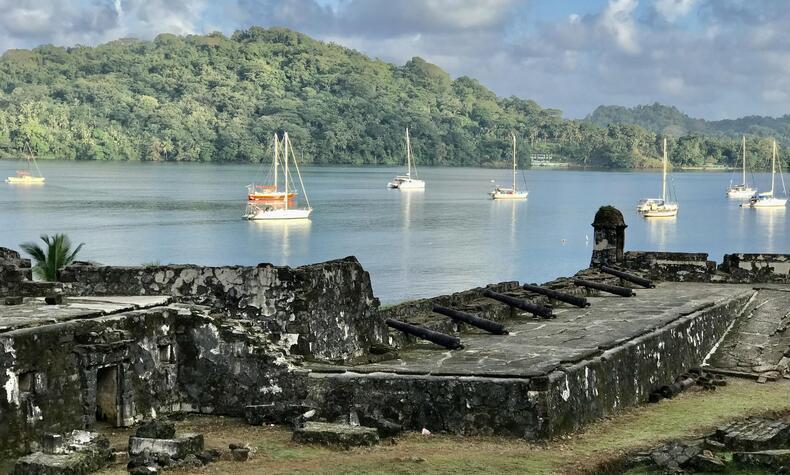
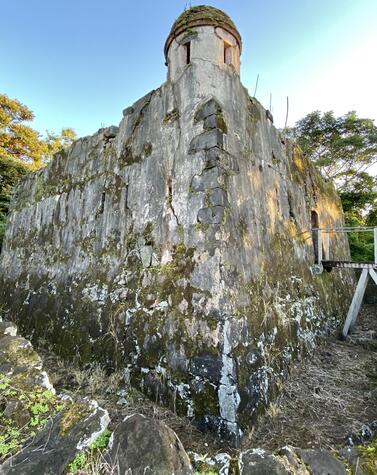
The first of these was Sir Francis Drake, a privateer in the service of the British Royal Navy, who in 1595 proposed to Queen Elizabeth I a daring operation against the Spanish Caribbean to establish a permanent English base in Panama.
But it seemed that Drake's years of glory against the famous "Invincible Armada" were part of the past. The privateer suffered a defeat in Panama against 120 Spanish soldiers in mid-January 1596 and, at the age of 56, fell ill with dysentery, dying that same month off the coast of Portobelo. His body was buried at sea in a weighted coffin.
The pirate Henry Morgan was more successful. In 1668, this Welsh pirate hatched a plan to attack, with a fleet of 8 ships and more than 400 men, the city of Portobelo, which, at that time, was the best defended in the Caribbean after Havana and Cartagena de Indias. The plan was to attack the city by land, so the filibusters embarked in small boats that they left on the coast and traveled a total of 5 kilometers to reach the town at dawn. For fifteen days, Morgan's men looted, smashed, and seized all the key points of the city.
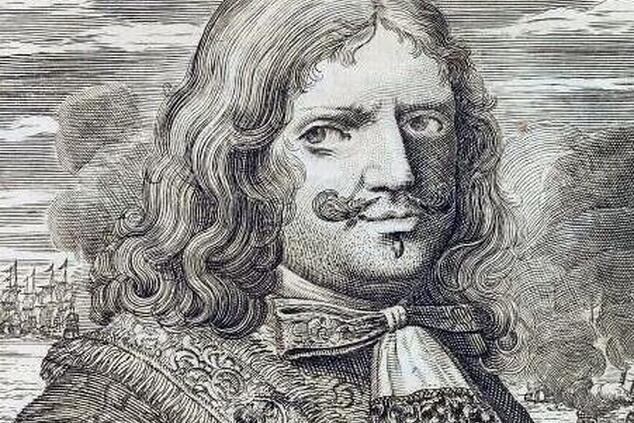
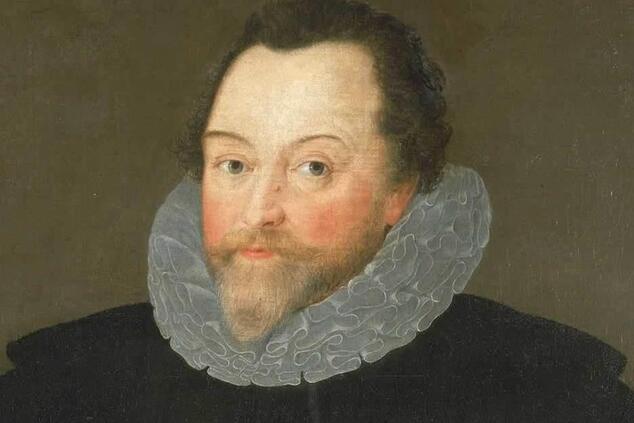
Not satisfied with this attack, after having considerably reinforced his troops, which reached 36 ships and 2,000 men, he launched one of the most risky pirate expeditions of his time, the assault on the city of Panama in 1670. The expedition was a success: after taking Fort San Lorenzo, the buccaneers crossed the isthmus and occupied the city after defeating the Spanish forces that opposed them.
Thus, the old city of Panama, founded by Pedro Arias Davila in 1519 and destroyed by the English pirate Henry Morgan, was rebuilt in 1673 with the same stones as the old one, about 8 kilometers from the old site, in a place much easier to defend against possible attacks. Thus was constituted the old city of Panama, which is the one that is currently preserved and has been a World Heritage Site since 1997.
In November 1739, the English naval officer Edward Vernon was appointed commander-in-chief of all British naval forces in the West Indies. His first action was the capture of Portobelo for a week. The success was hugely celebrated by the British, and Vernon became a national hero, to the point that, in England, a farm was given the name "Portobello Farm", which in the 19th century would give its name to the well-known "Portobello Road" street in London.

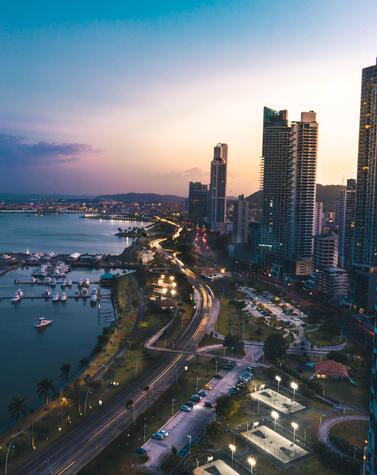
The Panama Canal is one of the two most strategic waterways in the world, the other being the Suez Canal. Built in 1914, it linked two oceans, changing international trade forever.
The 50-mile-long canal shortens the journey between the Pacific and the Caribbean Sea by approximately 15,000 km. Between 13,000 and 14,000 ships use the Panama Canal each year from more than 1,700 port cities in more than 160 countries. Used mainly by ships from the United States, China, Japan, Chile, and North Korea, the canal carries 4% of world trade.
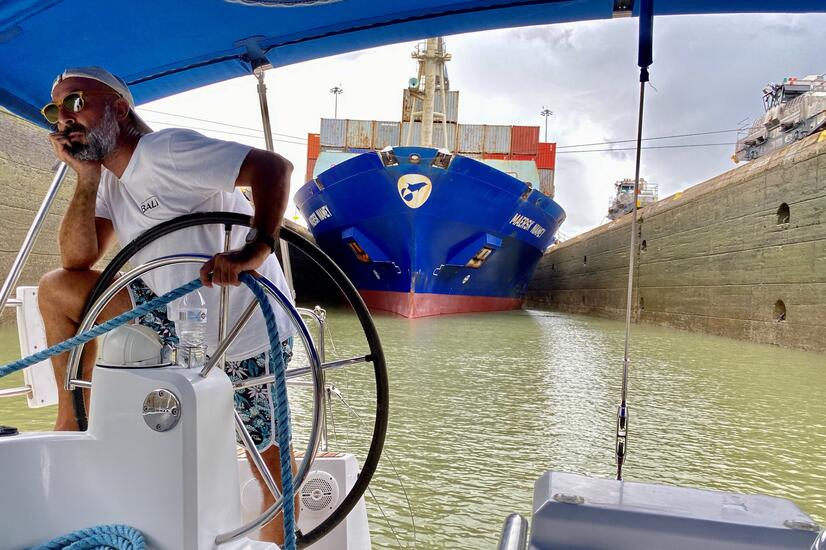
A colonial hotel with a history
We can visit most of Panama's historic sites from the Hotel La Concordia. Located on one of the busiest corners of Central Avenue, between the neighborhoods of Santa Ana and San Felipe, La Concordia is an emblematic building that, since the early nineteenth century, has given life to many businesses and institutions.
During the construction of the Panama Canal, the building was leased to the "American Silvers & Paterson Association" with the purpose of being transformed into a hotel: "La Concordia". It was one of the tallest buildings of that time, where a canteen, a cigar factory, and a warehouse occupied its first floor. At the same time, a covered kiosk crowned the building, offering a spectacular view of the bay, Ancon Hill, and the Cathedral.
During the first half of the 20th century, La Concordia experienced its golden age, hosting businesses such as the Panama Banking Company and the Isthmus Tobacco Company. For a brief period of time, this historic building served as the headquarters of the consulate of the United Mexican States for the Republic of Panama and the Canal Zone.
After World War II, came the recession and the abandonment of the building, which was later recovered for different uses until, in 2012, this iconic building reopened its doors as an exclusive boutique hotel that offers the perfect place to experience the past and present of Panama.
- Located in a 19th century building, Hotel La Concordia is the ideal starting point to discover the best of Panama. —
- A luxury interior design with a colonial touch characterizes the boutique hotel La Concordia. —
- All the details of the hotel transport us to Panama at the beginning of the 20th century. —
- Photos: Hotel La Concordia.
Discovering the indigenous village of the Emberá
Aboard a pirogue, we arrive to visit the village of the Emberá, also called Chocó, an Amerindian people who live in eastern Panama, near Colombia, northwestern Ecuador, and in the Pacific region. An important aspect of the life of the Emberá is their relationship with the "jai" spirits through their jaibanás. These shamans learn from their experienced masters about the magical spiritual power, from which they regulate life, health, subsistence, and nature.
Their main activities are the itinerant horticulture of "tumba-pudre" (there is no burning, but what has been harvested is left to decompose and then sowed), and fishing. They also practice hunting and gathering.
The Emberá classify themselves according to their living conditions, as Dóbida, an inhabitant of the riverbanks; Pusábida, an inhabitant of the maritime coasts (of the Pacific); and in the Chamí (the mountain range), Oíbida of the Andean forests and Eyábida of the deforested zones.
- The Emberá is an Amerindian tribe that lives in eastern Panama. —
- This tribe usually lives in the interior of the jungle, close to rivers. —
- The Emberá believe that a spiritual power regulates life, health and nature. —
- Photos: Juan Vasconez.
Isla Palenque, a natural sanctuary to be discovered
Located in the Gulf of Chiriqui, Isla Palenque is an undiscovered nature sanctuary. 7 pristine beaches frame the island's 160 hectares of lush jungle and are home to a series of wilderness trails, hidden spaces, and an exclusive sustainable resort integrated into the island itself. An ideal place for wildlife, nature lovers, and travelers looking for a unique rainforest and private island experience.
Originally, a palenque referred to a refuge for runaway slaves. During the colonial period, indigenous natives were contracted to work in the Spanish mines. Those who escaped sought asylum in fortified areas with palisades or palenques. It has been called Palenque Island ever since maps have mentioned it, and it is likely to have been used to shelter fugitives during the Spanish colonial period.
Discover the wonders and secrets of the island as we walk through a labyrinth of natural trails, passing by century-old trees, hidden beaches, and virgin lagoons that characterize this island with an indigenous past.
Most of the island's surface is maintained as a Natural Reserve, so the main activities and experiences to enjoy range from hiking, kayaking, or paddle surfing excursions to fishing, bird watching, and tree climbing.
